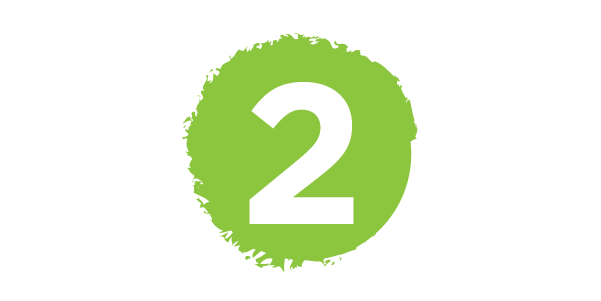
INTERIM LEADERSHIP
A leadership transition presents a unique opportunity for an organization to assess its progress towards mission and goals, to identify obstacles and impediments to success, and to make any needed changes prior to bringing on a new permanent leader. This process can also help clarify and prioritize the skills and experiences desired in the organization’s next leader, resulting in a better long-term fit.
To support this assessment, my interim engagements typically include a detailed Situational Analysis and Recommendations -- a candid, outside look at where the organization is today, where it wants to go, what’s getting in the way, and ways to overcome those obstacles.
Specific elements of this Situational Analysis can include:
-

Landscape Analysis. This is an external analysis of the target audiences and stakeholders the organization seeks to impact, as well as the broader environment in which it is operating. Over time, the needs and issues of target audiences change, other organizations take on similar programs or types of work, the organization gets pulled into activities adjacent to (but not directly supporting) its mission, and/or the economic and funding climate changes. Teams are often too busy and overwhelmed to step back and do a landscape analysis on a regular basis, creating long-term risks for the organization. As an interim, I conduct this landscape analysis, develop key recommendations, and implement changes that will help set the new permanent leader up for success.
-

Program/Product Alignment, Staffing Capacity, and Gap Analysis. Often done in conjunction with a Landscape Analysis, this is an internal look at: the alignment of existing or potential programs with organizational mission and goals; the needs of the target audiences and stakeholders; the skills and experiences of current staff; and any gaps or holes that need to be filled (or staffing changes made) for the organization to be successful.
-

Theories of Change. Completing (or updating) a Theory of Change can greatly inform the skills and experiences needed in the next organizational leader. Working with staff and board, we map out organizational goals, measurable outcomes, and the activities needed to accomplish those outcomes. This can also establish (or update) the framework for program evaluation and measurement.
-

Transition from Founder-Led. There is a unique set of challenges that can arise when transitioning from the founder-led phase of an organization, challenges that can limit or sabotage a new leader’s effectiveness if not addressed prior to their arrival. These challenges are often cultural and adaptive as much as they are programmatic or operational, and I facilitate a process to identify and address those challenges and thereby help set up the new leader for success.
